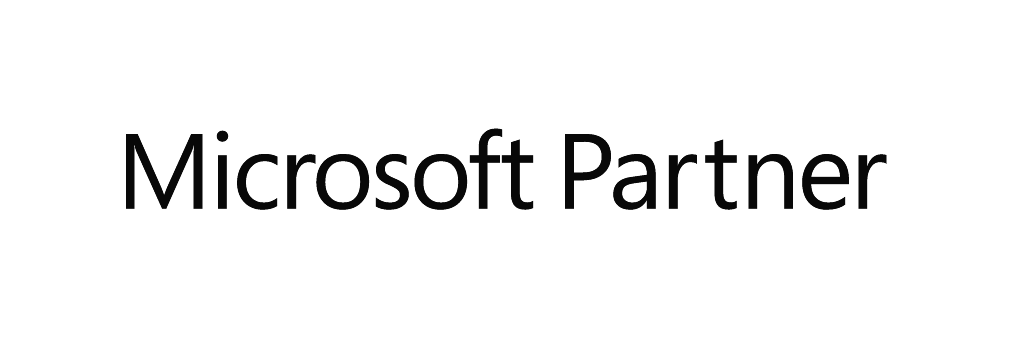
With the first wave of COVID-19 now approaching an end in Canada, many provinces in Canada have begun to slowly ramp up scheduled surgeries and procedures. However, few, if any, have been able to get back up to 100% of usual volumes, let alone even begin to address the massive backlog that has accumulated since March. Even prior to the pandemic, some Canadians waited many weeks, months and, in some cases, even longer than a year for surgeries and procedures.
The unprecedented and wholesale cancellation of elective procedures now presents a huge challenge to the healthcare system to enable surgical capacity to not only deal with these backlogs and help bring wait times back down but have the capability to ramp up and ramp down elective procedural capacity as the COVID-19 pandemic ebbs and flows over the many months and potentially years to come.
Even though Wave 1 of COVID-19 is ebbing, and as hospitals and health authorities have begun to resume some of these surgical and procedural services, it is likely that a second wave will come – likely this Fall or Winter. Between now and then, we can anticipate hot spots, outbreaks and flareups, all of which will impact capacity to get this work done. In addition, the necessary infection prevention and control (IPAC) measures put in place to protect us all will impact our usual efficiency and limit our ability to increase capacity. Much like restaurants and other businesses, hospital surgical and procedural programs’ throughput is impacted by physical distancing requirements, screening and other protective measures. Even achieving pre-pandemic scheduled surgical/ procedural case volumes, let alone exceeding them in an attempt to catch up, will be a challenge for all hospitals.
In no way, however, does the term “elective” imply that these postponed procedures were discretionary. This is needed care. It may have been safe to defer, but it is not reasonable to cancel them completely.
In fact, over the course of time, many of these cases have likely become more clinically urgent. Wait times, already unacceptably long, have increased and the gains made over the last few years have been lost.
Tackling these massive surgical/procedural backlogs and driving down wait times demands the creation of new surgical capacity in the system. Increases in capacity will require extensive planning, agility, and innovation. This can only be accomplished successfully and efficiently with an enabling technology.
Creating new surgical capacity can be achieved but is not as easy as some might think. Surgeries involve a complex interdependency of highly skilled healthcare professionals, hospital resources, and even community-based resources.
The need to increase surgical/procedural capacity is now among the highest priorities for surgeons and proceduralists, hospitals, health authorities, ministries of health and, most importantly, the patients who need this care.
Increasing Capacity by Extending Surgical Operating Room Hours
Most operating rooms (ORs) and procedure suites do not function on weekends or evenings for “elective” surgeries. The system, and the country, only has so many highly skilled surgeons, anesthesiologists, surgical nurses, occupational therapists, physiotherapists, and wound care nurses, to name but a few. Having said that, there may be some short-term and limited ability to keep the operating rooms and procedure suites running on evenings and weekends. This assumes, of course, that all these healthcare professionals are willing to contribute more working hours every week, and that hospitals can afford to pay them. Many surgical patients require a hospital bed and other resources following their surgeries and these beds will quickly be at capacity.
However, if running the ORs on evenings and weekends was easy and affordable it would have been done long ago. Doing so now as part of an emergency COVID-19 pandemic blitz program may be possible on a short-term basis, but it will likely not be sustainable. At best, it can only be part of a comprehensive solution.
Increasing Capacity by Using Technology to Improve Efficiency
In addition to the possibility of increasing OR/procedure suite hours, capacity can also be increased by leveraging modern web-based technology to better manage local, regional, and provincial wait lists while at the same time improving the co-ordination and utilization of expensive surgical resources.
Technology exists that was designed to provide doctors, hospital managements, health authorities, and governments with tools to assist in the appropriate allocation of surgical/procedural capacity while optimizing OR/procedure suite utilization to the maximum. The Novari ATC system, currently used at 50 plus Canadian hospitals in Nova Scotia, Ontario, and Manitoba, and now being implemented in British Columbia, increases surgical capacity by enabling hospitals and surgeons to complete more cases in the same amount of time.
Novari ATC technology helps to increase capacity and assists in ensuring the most efficient use of all available surgical time and resources. Leveraging real-time data from the hospital HIS OR system, Novari ATC enables the accurate booking of surgeon-specific procedure times, daily block management for surgical suite productivity, standardized complete patient preparation, the ability to accommodate late case substitutions, and the elimination of day-of-surgery cancellations.
“As hospitals, health authorities and ministries of health begin to turn their attention to the daunting task of confronting the surgical backlog, our teams in Kingston, Toronto and Vancouver are being engaged. Enquiries about quickly implementing the technology and about accelerating already in-progress implementations are happening at a brisk pace. Novari’s sense of purpose as we assist with the pandemic has never been greater.”
– John Sinclair, CPHIMS-CA, President, Novari Health
The Novari technology provides surgeons, hospitals, health authorities, and ministries of health with real-time and accurate data on those waiting for surgery, thereby creating total transparency coupled with complete accountability. The technology gives administrators at every level a live window into overall, real-time surgical performance, leveraging key performance indicators (KPIs) such as surgical throughput, patient prioritization, and the number of patients waiting for surgery sorted by doctor, wait time, service (e.g. orthopedics, surgical oncology, general surgery, vascular surgery, etc.), diagnosis, hospital, and region. This real-time data allows administrators to truly manage wait lists in real time, and to appropriately allocate and optimize surgical resources to best match the demand of backlogged cases.
Merely increasing the operating hours of the ORs without the advantage of the Novari ATC tool may well produce some short-term increase in surgical volume, but it will fall far short of its potential.
The Novari ATC Technology
The made in Canada Novari ATC technology, built, and hosted on the Microsoft technology stack, is unique. No other such system exists anywhere. It integrates with a hospital’s existing surgical scheduling technologies regardless of brand and it provides hospitals and surgeons with capabilities that are needed now more than ever.
Novari ATC has been proven to increase surgical capacity by driving:
- a 45% to 65% reduction in day-of-surgery cancellations which dramatically reduces the amount of available OR time that goes unused each day because of last-minute cancellations.
- a 5% to 7% increase in the utilization of surgical capacity, meaning more cases completed at the same time.
- an up to 30% reduction in average wait times for critical procedures.
Novari ATC is regarded as a surgical system optimizer. Trying to address the massive COVID-19 surgical backlog without the benefits of the wait list management, increased capacity and real-time data provided by the Novari ATC technology will undoubtedly lead to the inefficient use of highly expensive resources and to incredibly high rates of patient dissatisfaction.
Novari Health is working with our ATC clients to guide them in using the technology’s full capabilities as they tackle the backlog.
Infectious disease experts warn us that we are likely to see continued waves of COVID-19 cases in the foreseeable future. As such, it is reasonable to expect that localized cancellations of “elective” surgical/procedural services will be sporadic and ongoing. This will further exacerbate the surgical/procedural backlog. Even in the absence of further cancellations, catching up with the backlog will take months or years.
About Novari Health
Novari Health designs, builds, and implements award-winning cloud-based, enterprise scale software solutions that improve access to care, coordination of care, and the delivery of healthcare services. The Novari Access to Care software platform includes virtual care, eReferral, central intake, workflow management, surgical waitlist management, and medical imaging requisition management modules. Based in beautiful Kingston, Ontario, Novari has become one of the largest Canadian based digital health solution providers. With offices in Kingston, Toronto, Vancouver, Boston, and Sydney, Australia, the Novari team is comprised of physicians, nurses, former hospital administrators, software architects, software developers, project managers, certified professionals in Health Information and Management Systems, and client support. Novari Health is a Microsoft Partner, with software solutions hosted on the Microsoft Azure Canadian and Australian cloud data centres, for security and scalability. Novari Health has been independently assessed by BSI against internationally recognized standards showing our commitment to quality and assurance and is ISO 27001 Information Security Management System certified.




